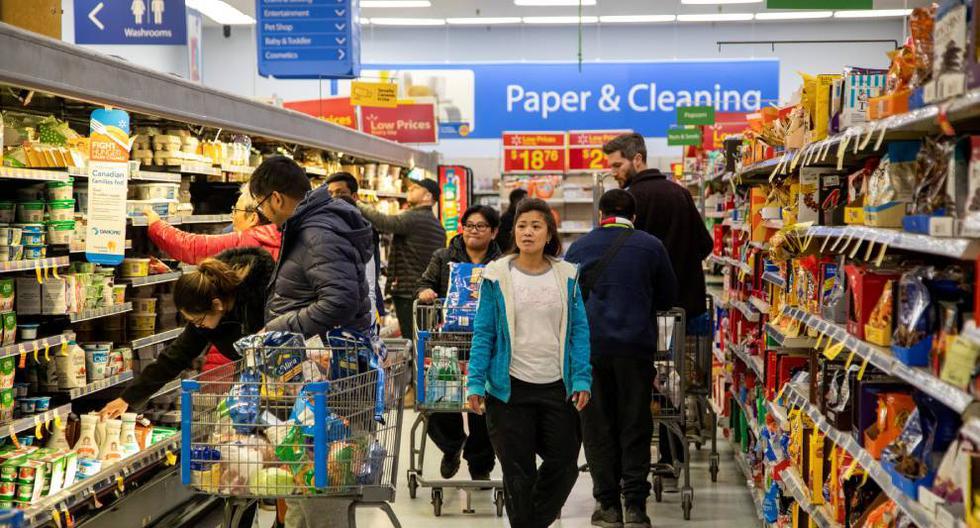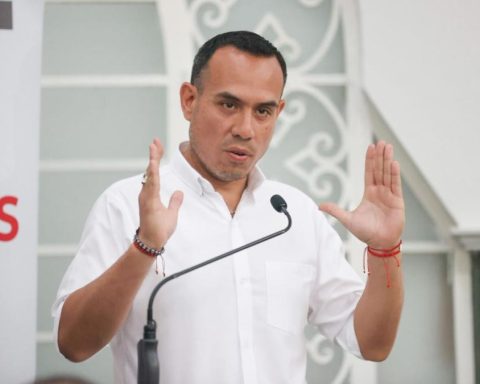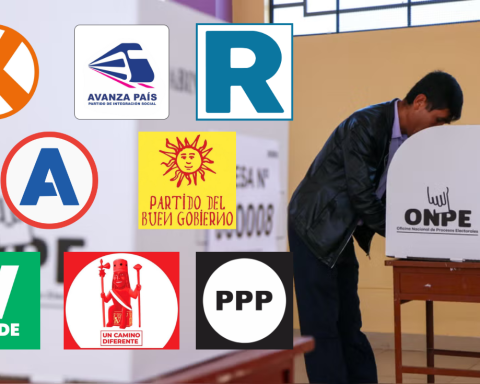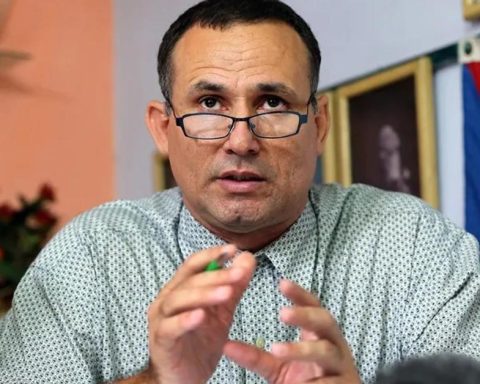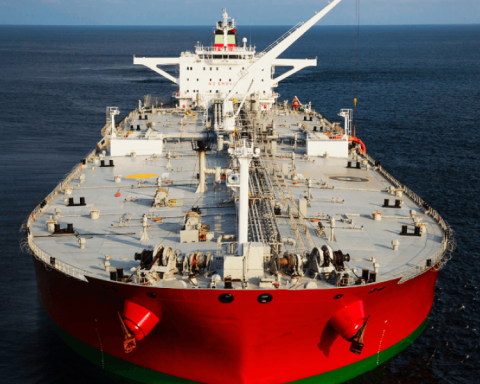Consumer spending on USA rose more than expected in August, but aggressive interest rate hikes by the Federal Reserve – as it fights high inflation – are slowing demand, which could contain the rebound in economic activity that is anticipated for This trimester.
The Commerce Department report on Friday also showed that underlying inflationary pressures increased last month.
The US central bank last week raised its interest rate by 75 basis points, its third consecutive increase of that magnitude, and signaled that there will be more important increases this year.
“The latest data points to a loss of momentum in household spendingsaid Rubeela Farooqi, chief economist at High Frequency Economics. “With further rate hikes in the offing, risks to both consumption and growth remain on the downside”.
Consumer spending, which accounts for more than two-thirds of US economic activity, rose 0.4% last month after falling 0.2% in July, the Commerce Department said on Friday. Economists polled by Reuters estimated a rise of 0.2%.
Part of the increase in spending reflected an increase in the prices of public services.
Households got a reprieve from falling gas prices, freeing up cash to spend on goods, travel and dining.
Gasoline prices fell 11.8% to $3,691 a gallon in August from July, according to data from the government’s Energy Information Administration. Still, inflation advanced last month.
Personal consumption expenses
The personal consumption expenditures (PCE) price index rose 0.3% last month after falling 0.1% in July. In the 12 months to August, the PCE price index increased 6.2% after advancing 6.4% in July.
Excluding volatile food and energy components, the PCE price index rose 0.6% after being unchanged in July. The so-called core PCE price index rose 4.9% year-on-year in August after gaining 4.7% in July.
The Fed tracks PCE price indices for its 2% inflation target. Other measures of inflation are running at a much higher level. The consumer price index rose 8.3% year over year in August.
The Fed increased its median forecast for core PCE inflation to 4.5% this year from its previous estimate of 4.3% in June. His estimate for core inflation in 2023 advanced to 3.1% from the 2.7% projected in June.
The economy shrank at an annualized rate of 0.6% last quarter after contracting at a 1.6% pace in the January-March period.
Growth estimates for the third quarter reach a rate of 2.1%, largely driven by a shrinking deficit. A build-up of inventories, part of unsold goods, is also seen to support GDP growth this quarter.
Consumer spending is likely to remain subdued as wage growth shows signs of slowing. Personal income increased 0.3% in August, the same as the previous month.
Wages grew 0.3%, after rising 0.8% in July. The savings rate was unchanged at 3.5%.
With information from Reuters
